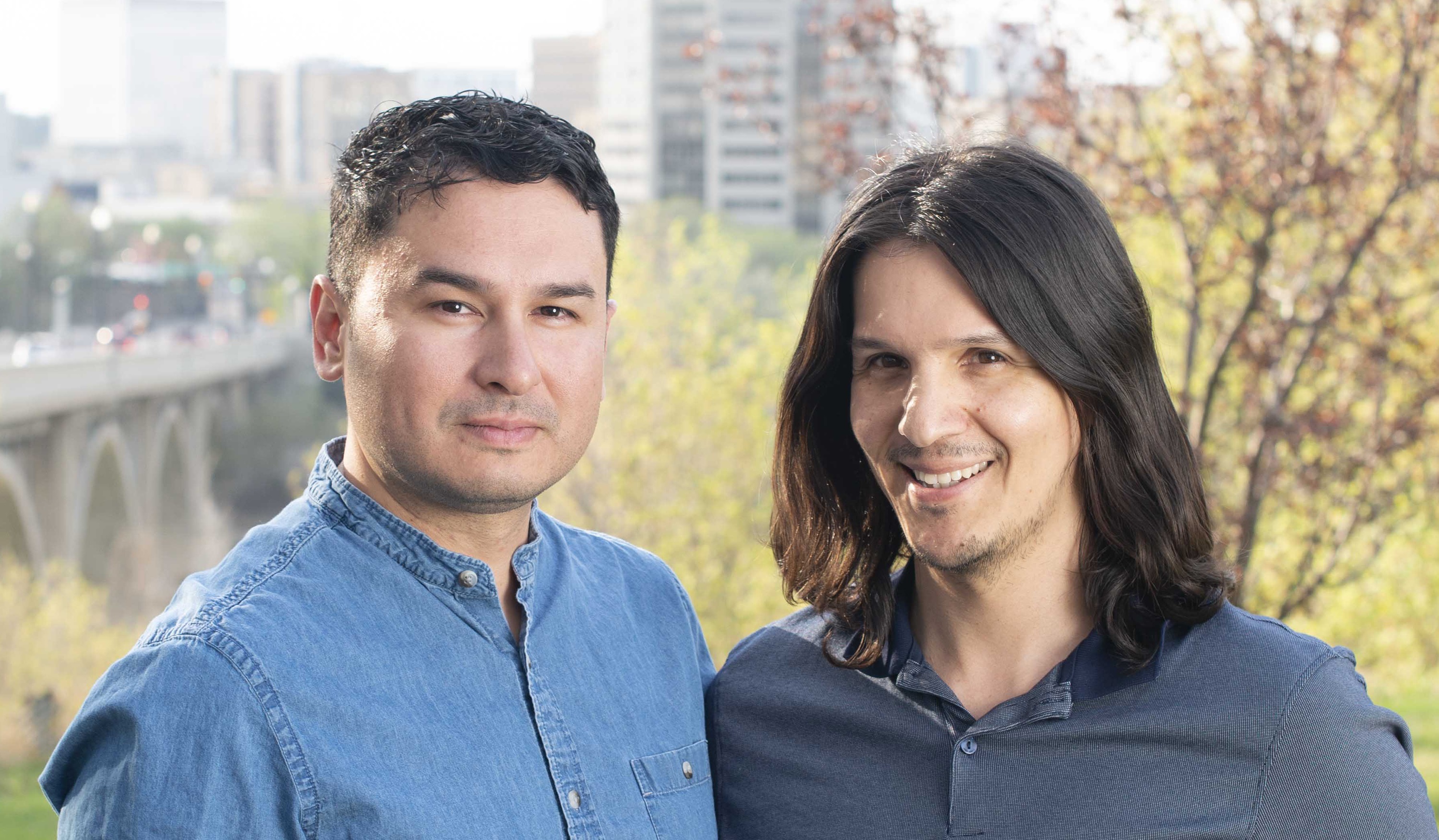What’s life like for LGBT people in Canada’s indigenous communities?
Members of Saskatchewan's First Nations share their stories in the January issue of Attitude.
By Will Stroude

Two and a half times the size of the UK and with a population of just over a million people, the central Canadian province Saskatchewan has one of the largest First Nations (indigenous) communities in the country.
Making up about 16 per cent of the population, Saskatchewan has 70 different First Nations alone – and there are far more across Canada, as well as down through America and South America.
Despite being subject to a cultural genocide throughout the 19th and 20th centuries, the First Nations’ understanding of the sexual and gender spectrum was far more progressive than most cultures today. Most of these communities embraced LGBT+ members and had up to six gender terms.

Photography: Markus Bidaux
In the January issue of Attitude – available to download and to order globally now – Attitude’s Markus Bidaux hears from LGBT people closely connected to the ‘two-spirit’ communities of Saskatchewan, including husbands Warren and Osemis Isbister-Bear, who sit on the two-spirit Powwow committee…
Warren (left)
When I came out to my immediate family, they were good, but there is a lineage of ministers in my extended family. Two of my aunts and uncles are Anglican ministers and they are all staunchly religious.
Osemis was raised the traditional way, whereas my family was Anglicised during colonisation. Getting back to those concepts of our traditions has been a huge learning curve for me.
I was first exposed to traditional First Nations culture and teachings when I moved to Saskatoon in 2000. I used to work at Wanuskewin Heritage Park where I had to learn about First Nations culture so I could teach it to people from all over the world who visited the park. I am continuing to try to decolonise myself by practising sweats [a purification ceremony].
Within our friendship circle, we think that having the title of two-spirit means taking on more responsibilities such as going to ceremonies and being a pipe carrier.
Our frames of reference are so colonised, everyone goes to religion, and it is so difficult to think outside the box of what we were before we were baptised into this faith.
Osemis (right)

Saskatchewan located within Canada
Warren works as a planning and development analyst and I work in the HR unit at the Saskatchewan Indian Gaming Authority. We are both part of the Saskatoon’s first two-spirit Powwow committee.
I don’t think I have two spirits, but if someone asks if I am two-spirited I will often say yes because it sometimes means simply indigenous and gay.
I grew up going to both church and ceremonies. My family were connected to traditional First Nations culture, protocol and ceremony, because of my grandmother who practised both Catholicism and indigenous spirituality. She did a good job of blending her worlds.
On the Catholic side of things, when I was discovering my sexuality, I was nervous about telling my grandmother but it turned out she always knew. She spoke in broken English so indirectly always told me I was accepted. And she was accepting of my relationship with Warren when that started.
But I have family members who follow the Catholic side of things more. When we were married, one aunt refused to come to the wedding, whereas another helped garner the ceremonial aspects of our wedding. An uncle sang traditional songs for us, so my family has a mix.
Read more about the LGBT people of Canada’s First Nations communities in the January issue of Attitude, out now.
Buy now and take advantage of our best-ever subscription offers: 3 issues for £3 in print, 13 issues for £19.99 to download to any device.

